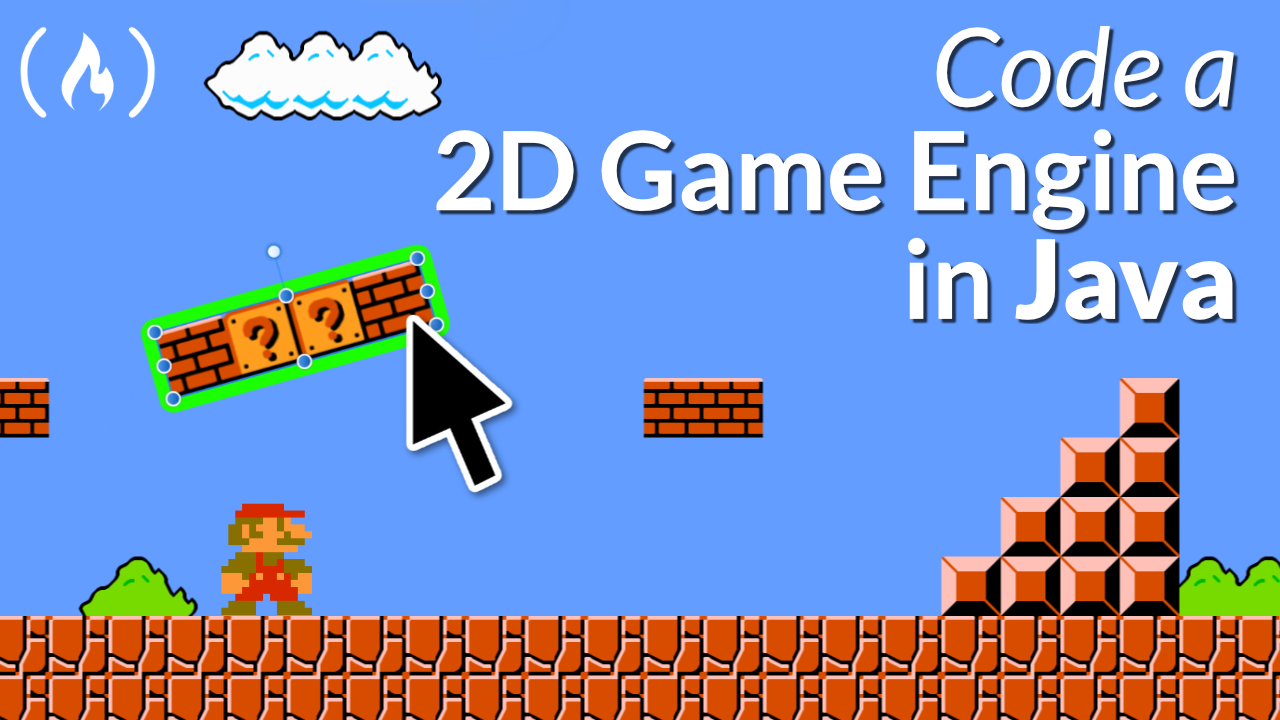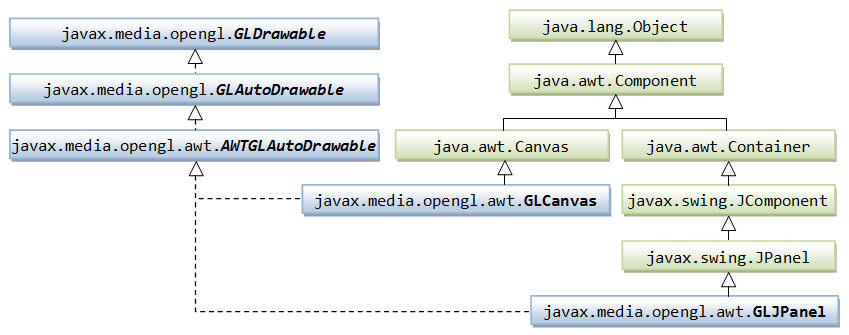

Generating the sphere then involves evaluating the parametric function at fixed intervals.įor example, to generate 16 lines of longitude, there will be 17 grid lines along the u axis, with a step of

If you look at the sphere at Epcot, you can sort of see this technique at work. Just add a dz component to the normalize function. The are functions to draw common shapes like rectangles and circles, and lower level step-by-step functions, which allow to define a path curve by curve. Then you define one or more paths and sub-paths which describe the shape. This process can be extended into three dimensions, in which case you get a sphere rather than a circle. Drawing a new shape starts with nvgBeginPath, it clears all the currently defined paths. Here, the black points begin on a line and "bulge out" into an arc. If we do this normalization process on a lot of points, all with respect to the same point A and with the same distance R, then the normalized points will all lie on the arc of a circle with center A and radius R.
#Java lwjgl draw circle code
Just to follow along as well, I’m moving through the Learning Modern 3D Graphics Programming online book to learn OpenGL (again), so the OpenGL examples I will be displaying will be ports from the code that that is providing. Now we get to actually display a triangle. In Part 1 we created a window, nothing too fancy. #we want to modify them so that sqrt(dx^2 + dy^2) = the given length. JRuby, LWJGL & OpenGL Drawing a Triangle. #right now, sqrt(dx^2 + dy^2) = distance(a,b).

#get the distance between a and b along the x and y axes We can obtain C with code like this: #returns a point collinear to A and B, a given distance away from A. We can say that C is the normalized form of B with respect to A, with distance 12. But suppose we want to find a point on line AB that's 12 units away from A. Normalization here means moving a point so that its angle in relation to another point is the same, but the distance between them is different.Ī and B are 6 units apart. This causes the sides to bulge out into a shape that resembles a sphere, with increasing smoothness as you increase the number of points. Changes to the container's content will be visible to the struct buffer instance and vice versa. Once you have a sufficient amount of points, you normalize their vectors so that they are all a constant distance from the center of the solid. public Buffer ( container) Creates a new NkDrawList.Buffer instance backed by the specified container. Then, take each triangle and recursively break it up into smaller triangles, like so: One way you can do it is to start with a platonic solid with triangular sides - an octahedron, for example.


 0 kommentar(er)
0 kommentar(er)
